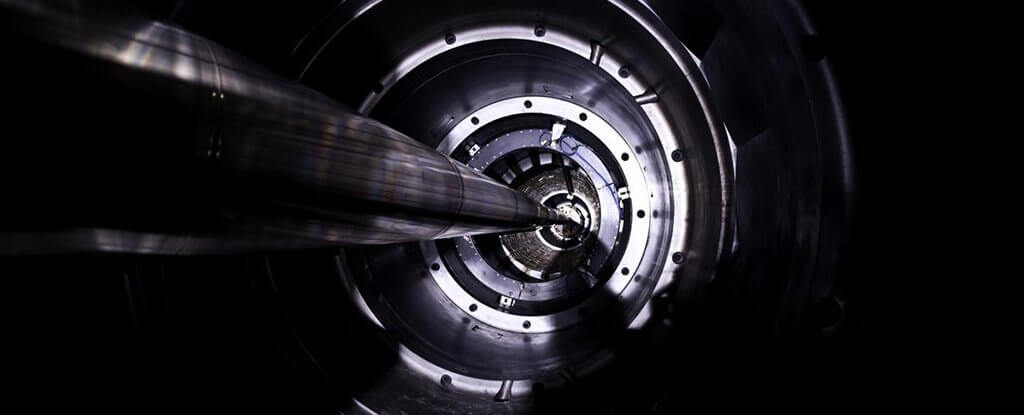
The large hadron Collider (LHC), the huge particle accelerator, continues to push the edge of science, and in the latest experiments with his participation, scientists have discovered something that may be the first potential evidence of the existence of subatomic quasiparticles, called odderon, which until then existed only in theory. The obtained results concern the hadron family of elementary particles that includes the protons and neutrons which consist of quarks, “glued” with the help of gluons.
In their experiments with the LHC, the scientists used a special mode of operation of the accelerator, in which the colliding protons remain intact and are not destroyed, giving rise to whole showers of secondary particles. Previously, when conducting such experiments, it was observed that in such collisions the protons do not just fly apart, they have very fast exchange of multiple gluons. The number of “exchange” gluons had always been even.
Odderon scientists eventually did not find, however, researchers observed some effects that could indicate its presence. Physicists have used photons, having more energy, allowing them to obtain greater accuracy of the measurements. And the results of these measurements were found cases of exchange between the protons, an odd number of gluons that does not fit into existing models of such processes. Researchers believe that the responsibility for this mismatch is just odderon, a quasiparticle, consisting in this case of three, five, seven or more odd number of gluons, which is formed for a short time at the time of collision of protons.
“The results obtained do not break the existing Standard Model of particle physics. In this model, there are a number of “dark places”, and our work has allowed to “cover” only one of these fields and add another new item”, — says an expert on the physics of elementary particles and subelementary are Timothy Raben of the University of Kansas.
Was used in the search of highly sensitive sensors of the TOTEM experiment installed in the four key points of the tunnel of the Collider, where the “cross” beams of protons and there are billions of collisions every second.
“One possible explanation of why the protons can collide without destruction, is odderon, in practice, however, scientists have never observed. This may be the first case of obtaining real evidence of the existence of these quasiparticles,” — says Gianni Simone, a representative group of physicists working with the TOTEM experiment, which is part of the overall work on the search of quasi-particles.
To understand this, the layman is difficult, so scientists explain this by the example with truck carrying cars in the trailer.
“Imagine that a proton is two big truck carrying cars. These are often found on the road,” says Raben.
“Now imagine that these two trucks collide with each other, but after the accident, the truck remain intact, but in different directions scatter the cars that they were transporting. And even while literally in the air formed a new machine. Energy goes into a state of matter.”
“Physicists are hunting for the theoretical orderonly in the past few decades, since the 1970-ies. However, the technological capabilities of the time simply did not allow to evidence the existence of odderon,” adds Raben.
In experiments on search of odderon involved more than 100 scientists from eight countries. Each second, inside the TANK was accelerated billions of proton pairs. Thanks to the upgrade of the LHC in 2015, the peak energy of the accelerated protons was about 13 TeV.
Despite the fact that researchers are unable to directly observe odderon, they have witnessed its effects in the future I hope to obtain more transparent results. Scientists believe that to them will allow another upgrade of the LHC, which will allow to disperse the particles to even higher energy performance.
“We expect more results in the next few years,” commented Christoph the Region of the University of Kansas.
The results of this work have been published on the website ArXiv.org and currently awaiting assessment by other specialists.
Physicists have found the first real traces of the theoretical quasi-particles of odderon
Nikolai Khizhnyak